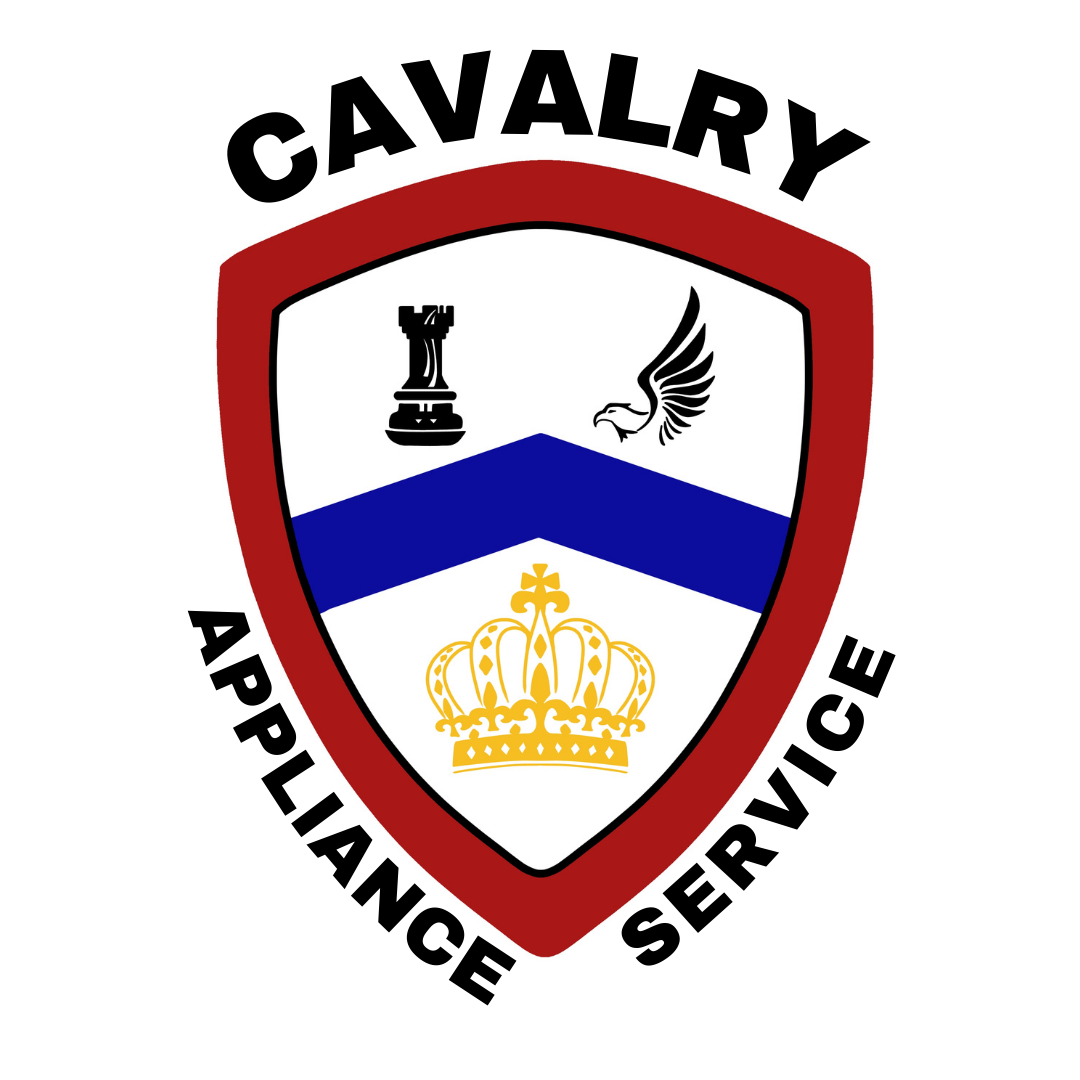Top 5 Oven Myths Busted (and What You Should Do Instead)
You use your oven all the time—maybe even daily—but how well do you really know it? From preheating myths to cleaning shortcuts, there’s a lot of outdated or just plain wrong advice floating around. If you’ve ever questioned whether that “one trick” actually works, or why your meals sometimes don’t come out as expected, this post is for you. We’re debunking five of the most common oven myths that could be sabotaging your cooking—and giving you the real facts to help you bake, roast, and reheat like a pro. Let’s bust these myths wide open!
Myth #1: Preheating the Oven Is Just a Waste of Time
The Truth:
Skipping the preheat might seem like a smart way to save time, but it often sabotages your results—especially when baking. Most recipes are designed to work at a specific temperature from the moment your food enters the oven. If you skip preheating, you’re throwing off the timing and the texture: cookies may spread too much, meats may dry out before they cook through, and baked goods like cakes or muffins may rise unevenly or collapse. Think of preheating as warming up the stage before the performance—your ingredients will shine when the temperature is just right.
Myth #2: Never Open the Oven Door During Cooking
The Truth:
We’ve all heard the warning: “Don’t open the oven door, you’ll ruin your food!” While there’s some truth to the idea that opening the door lets heat escape, the effect isn’t catastrophic—unless you’re constantly doing it. The temperature drops about 25°F each time the door is opened, but a quick check near the end of cooking is unlikely to cause major harm. It’s all about timing. If you’re halfway through baking a delicate soufflé or cake, leave the door closed. But if you're checking roasted vegetables or a lasagna in the final few minutes, a fast peek is just fine.
Myth #3: Your Oven’s Temperature Display Is Always Spot-On
The Truth:
We tend to trust the numbers on our oven's digital screen or dial, but many ovens are off—sometimes by 25 degrees or more. Temperature fluctuations can result from worn-out sensors, poor insulation, or simply design quirks. This means even if your oven says it’s at 375°F, it could really be sitting at 350°F—or higher. That’s why chefs and serious home cooks often use a digital thermometer probe placed inside to monitor the actual heat level. Getting a $2 cake mix and following the instructions can also tell you if your temperatures are where they should be.
Myth #4: Convection Ovens Are Too Complicated to Use
The Truth:
The word “convection” can sound intimidating if you’ve never used that setting on your oven—but don’t let it scare you. Convection ovens have a fan that circulates hot air around your food, cooking it more evenly and efficiently. It’s especially helpful for roasting meat, getting crispy veggies, or baking multiple trays of cookies without hot spots. The only adjustment you need to make is lowering the oven temperature by 25°F compared to a traditional recipe and maybe checking the food a few minutes earlier. Once you try it, you might never go back to the regular bake setting!
Myth #5: Lining the Bottom of the Oven with Foil Keeps It Clean
The Truth:
Laying foil directly on the bottom of the oven might seem like a clever way to catch drips and prevent mess, but it can do more harm than good. The foil can block airflow, disrupt the oven’s ability to circulate heat properly, and even damage the heating elements. In some cases, especially in electric ovens, the foil can fuse to the surface or reflect heat in ways that burn out components. A much safer alternative is to place a rimmed baking sheet on the lowest rack to catch any spills. You’ll still keep things clean—without risking your appliance.
By now, you’ve probably realized how much of what we’ve been told about ovens is based on habit rather than fact. Whether it’s skipping the preheat or relying too much on that digital temp display, small choices can have a big impact on how your meals turn out. The good news? A little knowledge goes a long way—and now you’ve got the facts on your side.
Remember: your oven isn’t just a kitchen appliance, it’s a tool. And like any tool, it works best when you know how to use it properly. Share this post with a friend who’s still lining the bottom of their oven with foil (you know who they are ), and keep experimenting with confidence. Great cooking starts with smart habits—and today, you’ve picked up five!
Warmly,
Your Cavalry Appliance Team

